Tesla Begins Moving Model S and Model X to 'Tesla Vision'
【Summary】The automaker’s largest electric vehicles are dropping the brand’s radar sensors in favor of cameras found in Tesla Vision.
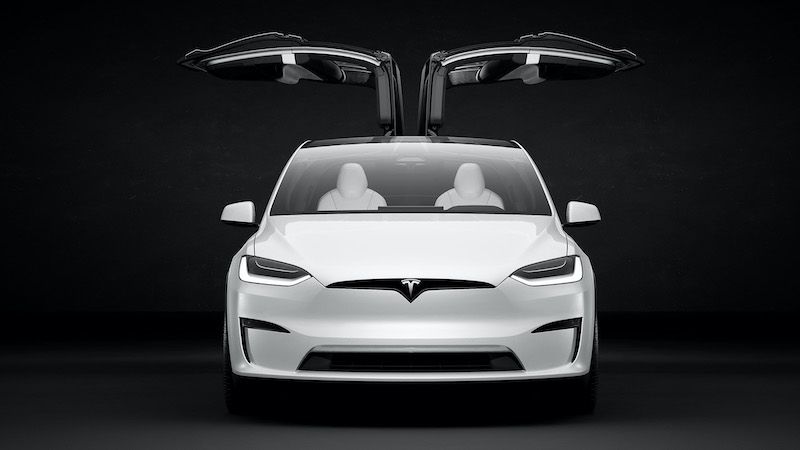
Last May, Tesla removed the radar sensors from the Model 3 sedan and Model Y SUVs for the North American market. Now, it's doing something similar for its largest electric vehicles, the Model S sedan and Model X SUV.
All Tesla Get Tesla Vision
The reason behind removing the sensors is that Tesla is moving all of its vehicles to have Tesla Vision. The automaker announced on its website that Model S and Model X electric vehicles produced for the North American market would be moving to utilize Tesla Vision in the middle of February.
Tesla Vision is an advanced driver-assist system that only relies on cameras. It does everything Tesla's old radar-based system does, except without the need for any radars. According to Tesla CEO Elon Musk, camera-based systems are the way forward for automakers and companies looking to come out with fully autonomous vehicles, which don't exist yet. Tesla Vision takes the visual data that it receives from the cameras and then puts it through neural net processing to give Tesla's Full-Self Driving capability, advanced safety features, and Autopilot.
Tesla claims that there will be a "short period during this transition" as its vehicles move from having radars to cameras. During this transition, cars with Tesla Vision will have a limited top speed of 80 mph for the Autosteer system. Additionally, the electric vehicles will require to have a longer following distance when adaptive cruise control is engaged.
NHTSA Investigating Tesla Vision
The news to switch all of its vehicles to Tesla Vision comes at a bad time for the automaker. The National Highway Traffic Safety Administration is currently investigating "phantom braking" that Tesla owners are having with their vehicles with Tesla Vision.
The organization has received approximately 350 complaints over a nine-month span about Teslas applying the brakes for no reason when operating in Autopilot. The NHTSA's investigation is looking into over 416,000 Model 3 and Model Y EVs because of the phantom braking problem.
Since the NHTSA investigation only involves the Model 3 and Model Y, it's fair to say that Tesla Vision has a few issues that Tesla needs to work on. With the automaker set to switch the Model S and Model X over to using Tesla Vision, it will be interesting to see if drivers have the same problems as those in the brand's smaller vehicles.
-

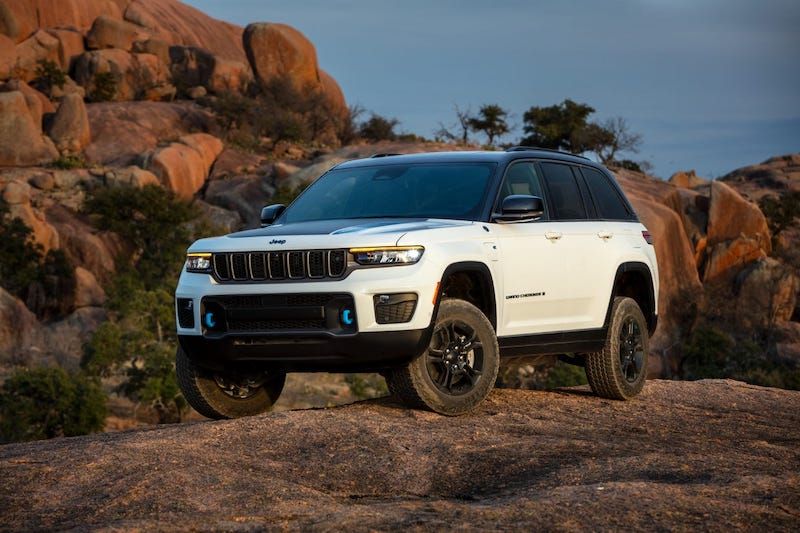
2023 Jeep Grand Cherokee Trailhawk Now PHEV Only
-

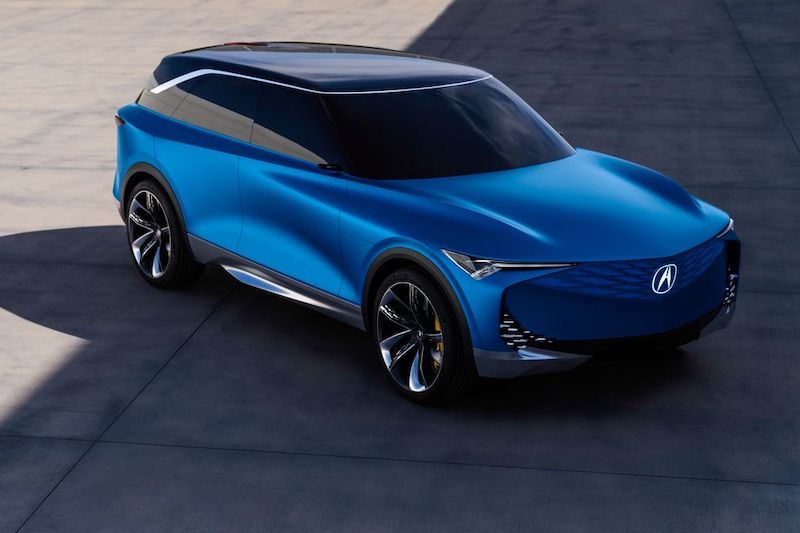
Acura Prevision EV Concept Previews Brand’s Electric Future
-


Hyundai Gets Serious About Electric Performance Cars, Shows off Two Concepts
-


Ford Looks to Have 100% of EV Sales Be Online
-

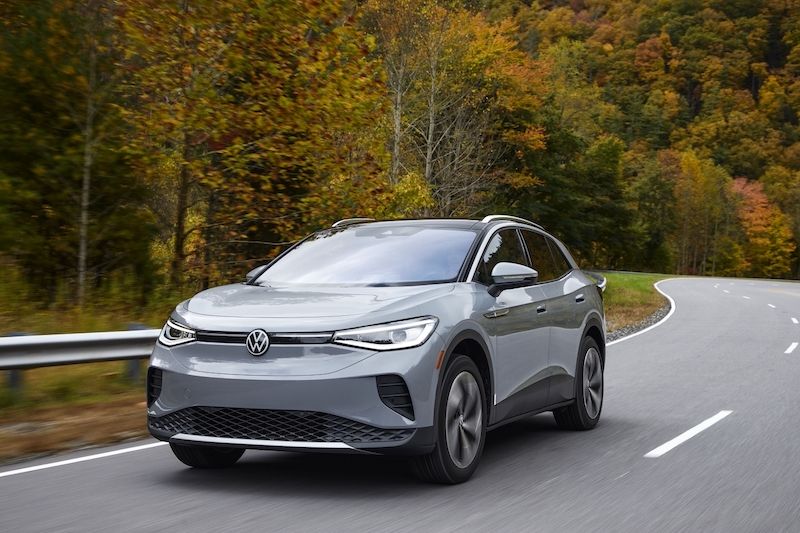
Volkswagen CEO Believes It Will Overtake Tesla in EV Sales by 2025
-

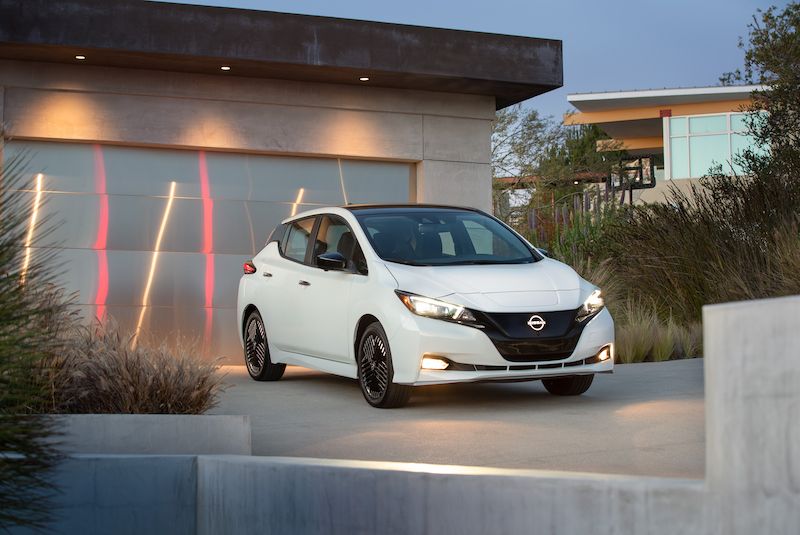
Report Claims Nissan Leaf Will Be Discontinued by 2025
-


Autonomous Vehicles Will Require Cities to Change Their Transportation Methods
-


Rivian, Mercedes-Benz Partner to Produce Electric Commercial Vans
- Porsche Looking to Boost its Profits as its Prepares for a 2022 IPO That Could Value the Company as High as $81.4 Billion
- Premium Chinese EV Brand Zeekr Seeks to Raise $1 Billion in U.S. IPO, According to Sources
- Ford Issues ‘Stop Sale’ of the Electric Mustang Mach-E Over Possible Loss of Propulsion While Driving
- Mercedes-Benz is Offering a Performance Upgrade as a Yearly Subscription on its EQ Electric Vehicles
- Hyundai's 2022 IONIQ 5 Electric SUV Awarded an IIHS 'Top Safety Plus' Rating
- Here’s How Waymo Uses Hyper-Local Weather Data to Improve the Capabilities of its Self-Driving Vehicles
- Volkswagen Unveils the 385-Mile Range ID Aero Concept, a Preview of its First Electric Sedan that Will Be Sold in the U.S., Europe and China
- Nexar Releases its ‘Driver Behavioral Map Data’ That Can Help Autonomous Vehicles Operate More Like Human Drivers
- Honda and LG Energy Solutions to Build a $4.4 Billion Joint Venture EV Battery Plant in the U.S.
- China's Tech Giant Baidu Plans to Rollout the World’s Largest Fully Autonomous Ride-Hailing Service by Next Year











 About Us
About Us Contact Us
Contact Us Careers
Careers